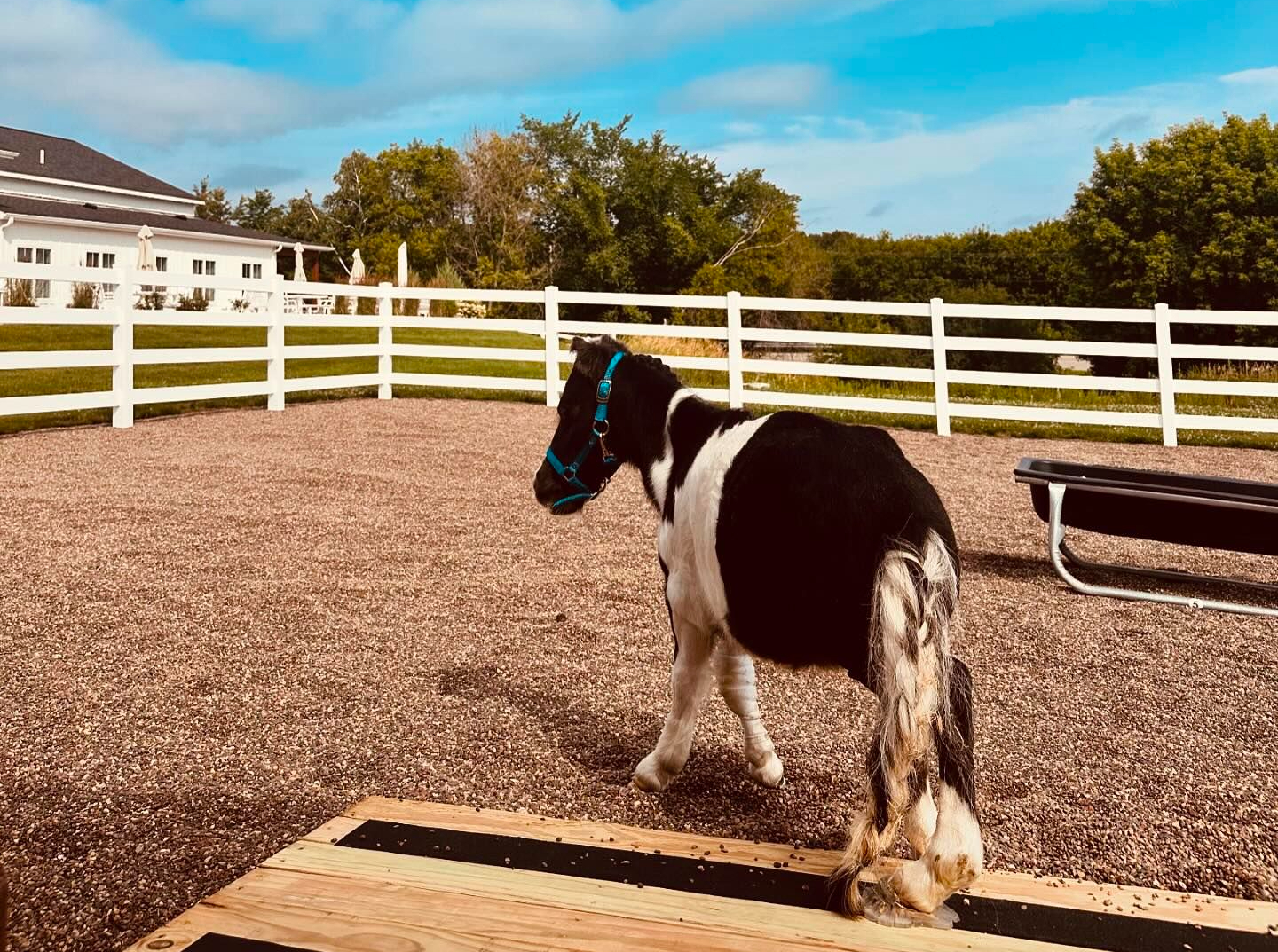The big fight to save a small patient
The odds were against a dwarf miniature horse named Little Richard when he sustained a broken leg. Expert medical care allowed him to defy them and start a new chapter.
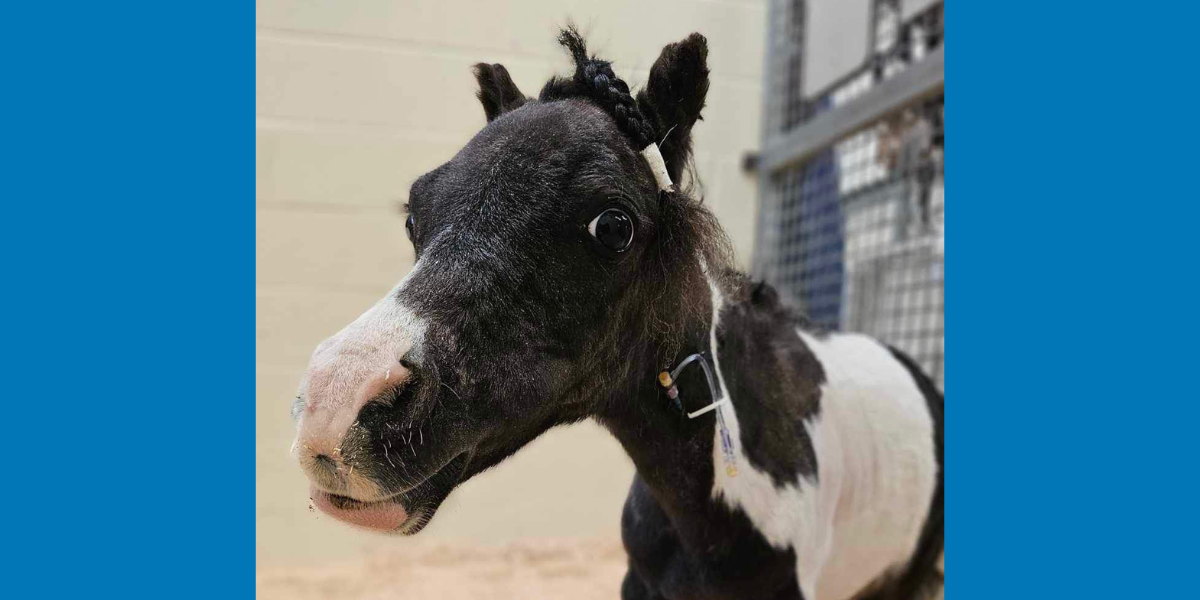
The odds were against a dwarf miniature horse named Little Richard when he sustained a broken leg. Expert medical care allowed him to defy them and start a new chapter.
Little Richard stands in his stall at the Piper Equine Hospital.
Little Richard the dwarf miniature horse hadn’t seen much of the world by the time he was around 2 months old, but what he had seen was bleak. Born with deformities in his legs and into an animal hoarding situation, life was set to be a struggle for the tiny foal.
Then he was surrendered to Coco’s Heart Dog Rescue, a nonprofit animal rescue located in Somerset, Wis. There, he joined other rescued mini horses, and JoHanna Okrasinski, daily operations manager for the rescue, was among those who witnessed Richard’s goofy—and at times stubborn—personality bloom as he settled into his new home.
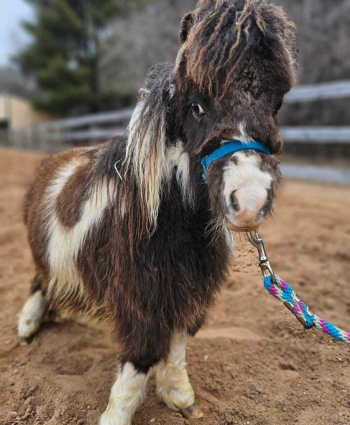
“Due to his size, he just can't be around animals in the way you would expect a horse to be,” Okrasinski says. “He's had to change gears and be more reliant on people, so now we say we’re his herd.”
In late May 2024, Richard’s new herd rallied around him after he began refusing to put weight on one of his legs. Staff suspected another miniature horse in the pen had kicked and injured him. An X-ray revealed a break in Richard’s leg near the head of his femur—the part of the bone comprising the hip joint.
After an initial medical exam confirming the break, veterinary staff referred Richard to the Leatherdale Equine Center at the University of Minnesota College of Veterinary Medicine. There, clinicians at the Piper Equine Hospital could evaluate him further.
Coco’s Heart staff loaded 10-month-old Little Richard in a cargo van and headed to the hospital. It’s worth noting the “little” in his name is no exaggeration. An average miniature horse weighs around 200 pounds while Richard weighs about 115 pounds.
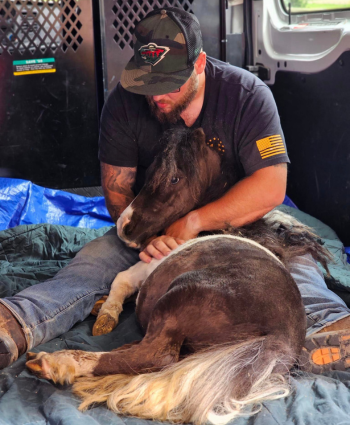
His size turned out to be his saving grace.
In cases where horses have sustained this type of injury, their prognosis is typically poor due to their large size and the amount of weight the repaired limb would need to hold. Euthanasia is often recommended, according to Dr. Dana Cleff, an equine sports medicine intern who was part of Richard’s care team. Given Richard's much smaller stature, there was a chance his injury could be treated, and he’d be able to bear weight on the leg.
“One of the challenges is this is not a surgery performed frequently in horses,” Cleff says. “It's not our main repertoire, and so we had to think of him more like a dog when it came to the procedure and do our due diligence.”
There was no guarantee that the surgery would be successful, but Coco’s Heart was willing to try.
A surgery team including Drs. Nicolas Ernst and Jenna Young, surgery resident Dr. Maria Grenello, and Cleff tackled the two-hour procedure, which entailed removing the broken femur head, trimming the remaining bone, and repairing the injury in a way that would allow it to function as a new hip joint once healed.
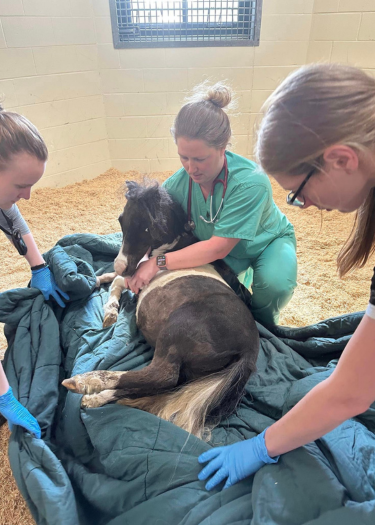
Recovery would be a long road for Richard. He spent nearly two months in the hospital completing physical therapy and regaining strength in his leg. About a month into his stay, he also underwent a second surgery to address his leg deformities, a condition known as skeletal atavism. This genetic condition often results in bowed or twisted limbs as well as ulna and fibula bones that grow to be too long for the horse’s legs. During his second procedure, surgeons removed part of an ulna to help address the bowing.
Little Richard’s long stay also provided a great learning experience for Cleff and veterinary students completing clinical rotations in the hospital—especially those geared toward small animal medicine careers.
“He was a horse that they could understand size-wise and could get comfortable around. I think he opened up interest in horses for some of the small animal-oriented students,” Cleff says. “They saw him undergo a procedure that is typically only done in dogs, and it kind of bridged that gap.”
After months of in-hospital care and recovery, Little Richard received the green light to go home in mid-July 2024.
“He arrived in a cargo van and went into the hospital on a gurney,” Okrasinski says.”At the end of it all, he walked out—that was really rewarding for us.”
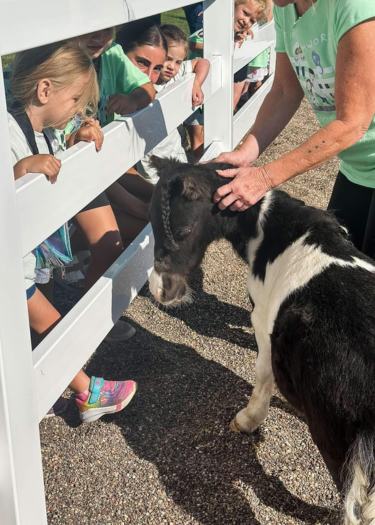
She and Coco’s Heart Director Ashley Kurtz say the rescue is incredibly grateful for the care, honesty, and compassion the Piper Equine Hospital team showed to the rescue staff and Little Richard during his hospital stay.
“We had realistic expectations from the first day all the way to the end—they set us up for that emotional roller coaster successfully,” Kurtz says. “They didn't make any promises. Everything they said went according to plan and if it didn't, they let us know. It was just a phenomenal experience.”
Now that he’s out of the hospital, Richard will continue to make an impact through Coco’s Heart community outreach and education programs—and on Instagram. While he was still in the hospital, the rescue raised funds to build him his own barn and lot, called Richard’s Place, at its property and is continuing to seek sponsorships to provide for his care.
From his place, Little Richard will help teach kids participating in the rescue’s day camps about showing all animals kindness and compassion. Richard’s case also will be used to educate people about the consequences of irresponsible breeding practices that result in miniature horses and other animal species being born with physical deformities.
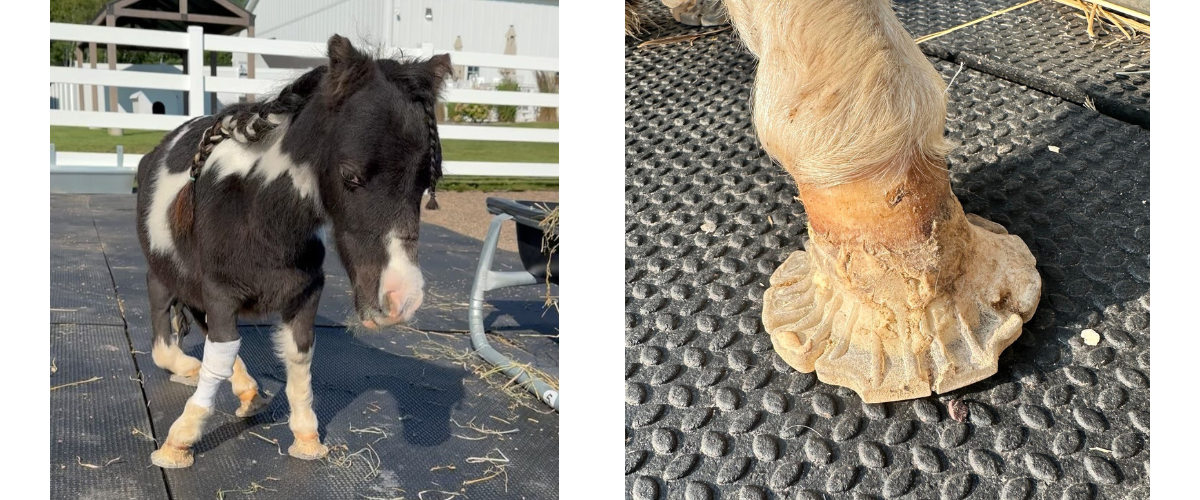
It’s a big job for a small horse, but Coco’s Heart believes he’s up to the task and hopes others are inspired by his story of resilience.
“He's been through so much and demonstrated so clearly that he's just so thankful for some hay and love, and he so happy to mosey around his new place,” Kurtz says. “He knows what's important in life, and it's very sweet. It's nothing grand—it's just the little things.”
